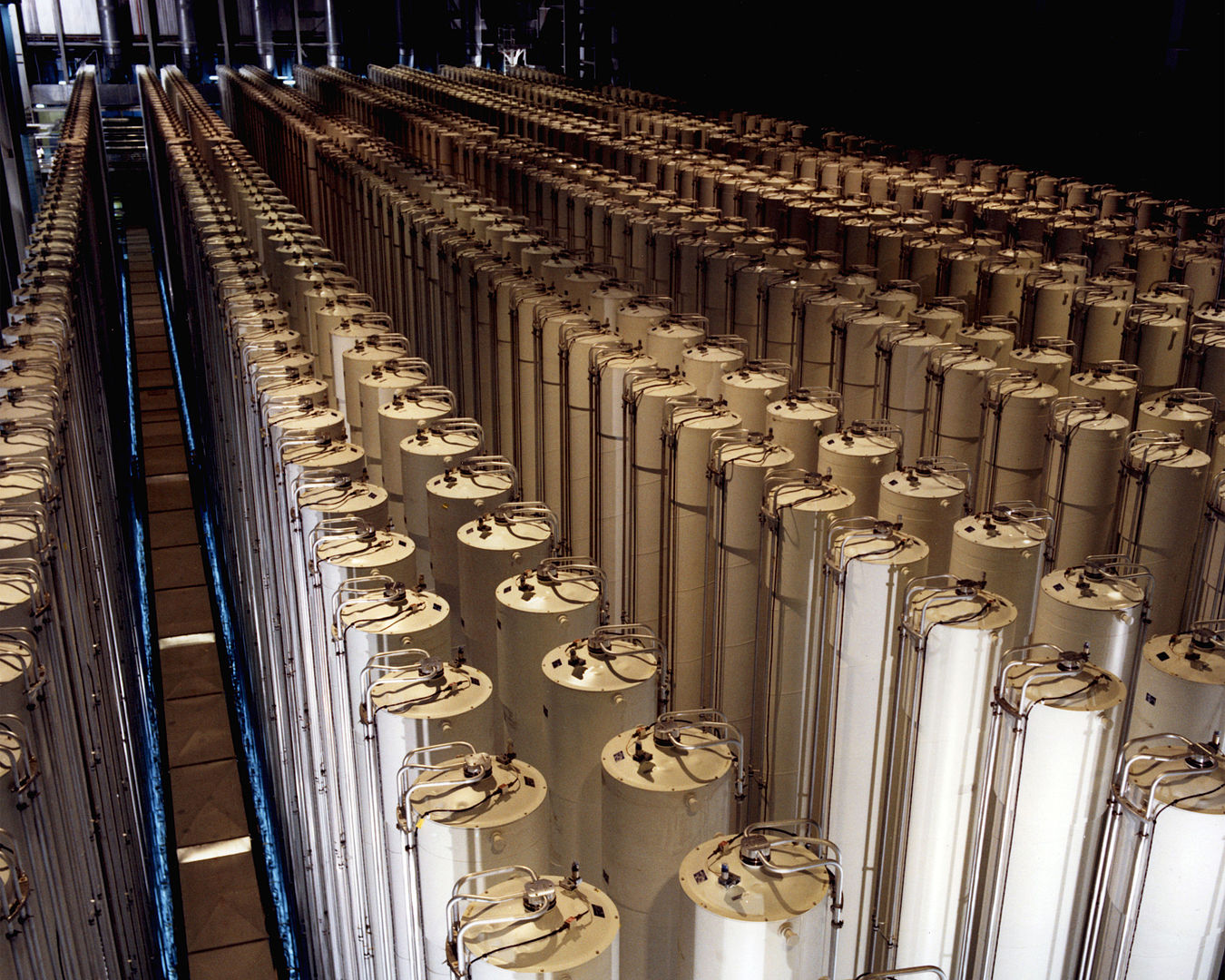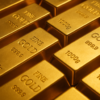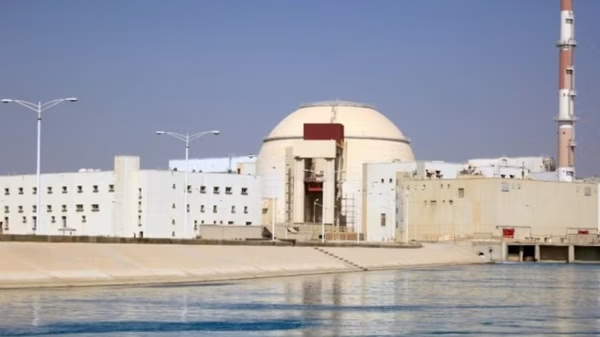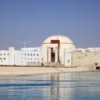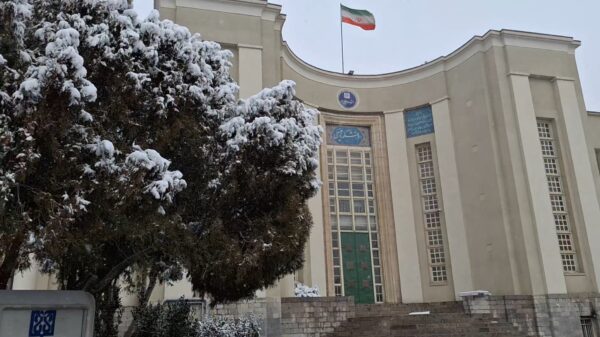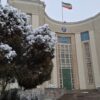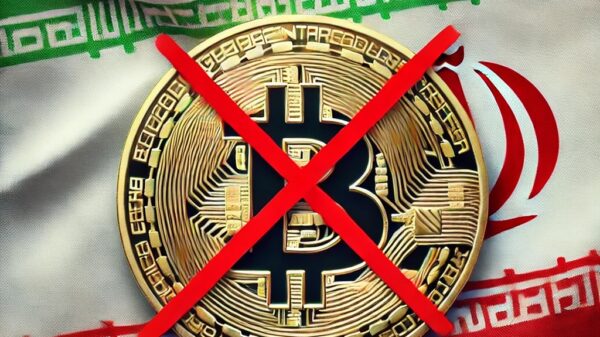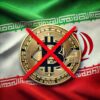Iran has increased its stockpile of enriched uranium to levels high enough to produce three nuclear bombs, a confidential report by the International Atomic Energy Agency found.
In the report, the United Nations watchdog noted that the Islamic country is 22 times above the standards set by the 2015 agreement, which curbed Tehran’s nuclear activities in exchange for sanction relief.
The agency found that Iran continues to enrich its uranium at a rate of 3 kilograms per month and already has 128.3 kilograms of 60 per cent enriched uranium. This is more than three times the established limit of 42 kilograms.
“Iran’s stance is not only unprecedented but unambiguously contrary to the cooperation that is required,” the IEAE said. According to a diplomatic source, the agency has targeted eight top inspectors, including French and German nationals.
Tehran’s withdrawal of accreditation for several inspectors was ‘extreme and unjustified,’ and seriously affected the agency’s work.
In a second report, the agency clarified there is no progress in getting more monitoring equipment, including cameras, reinstalled that had been removed by Iran in June last year. In response to the criticism, Iran barred several IEAE inspectors from monitoring its nuclear program.
IAEA chief Rafael Grossi wrote to Iran asking it to reconsider the removal to which government representatives said they are “exploring possibilities to address the request.”
In 2015, global powers negotiated a nuclear agreement with Tehran to prevent Iran from developing nuclear weapons. The deal stipulated that Iran would restrict uranium enrichment to levels suitable for peaceful nuclear power, and in return, economic sanctions would be lifted. Monitoring the program was assigned to UN inspectors.
However, in 2018, U.S. ex-president Donald Trump unilaterally withdrew the United States from the agreement, expressing intent to negotiate a more robust deal, which did not materialize.
Subsequently, Iran began violating the terms a year later, including provisions specifying a limit of 3.67 per cent purity for uranium enrichment and a cap on the uranium stockpile at 300 kilograms.
While many experts have shown concerns about the increase coming after the Hamas-Israel war started, the pace of expansion has been steady.
The U.S. and European allies have mentioned passing another binding resolution against Iran, however, diplomats say the possibility of it happening this time is scarce as political tensions focused on the Hamas-Israel war continue.
Read more: What are the top 3 uranium-producing countries?
Read more: What are the top 3 uranium operators in the Athabasca Basin?

A billet of highly enriched uranium that was recovered from scrap processed at the Y-12 National Security Complex Plant. Photo via Wikimedia Commons.
Uses for enriched uranium vary depending on percentage
Enriched uranium has a higher concentration of the isotope uranium-235, which is used as fuel in nuclear power plants and ,historically, in nuclear weapons production. The enrichment process increases the proportion of uranium-235, the essential fissile isotope for sustaining a nuclear chain reaction.
Enriched uranium comes in various forms tailored for specific applications. Low-enriched uranium (LEU), with a relatively low percentage of uranium-235, is commonly used as fuel in nuclear power plants.
Highly enriched uranium (HEU) has concentrations often exceeding 20 per cent and sometimes reaching 90 per cent or higher uranium-235. It has been historically employed in nuclear weapons and some research reactors.
The atomic bomb dropped on Hiroshima, Japan, on Aug. 6, 1945 –known as “Little Boy”–used uranium-235 as its fissile material. Little Boy was a gun-type uranium bomb, and it contained approximately 64 kilograms of highly enriched uranium-235. The enrichment level of the uranium in Little Boy was around 80 per cent, making it suitable for initiating a nuclear chain reaction.
Efforts are ongoing to transition away from high-enriched materials in favour of lower percentages, aiming to balance the peaceful use of nuclear technology with global non-proliferation goals. International regulations play a crucial role in overseeing the responsible use of enriched uranium.
natalia@mugglehead.com

